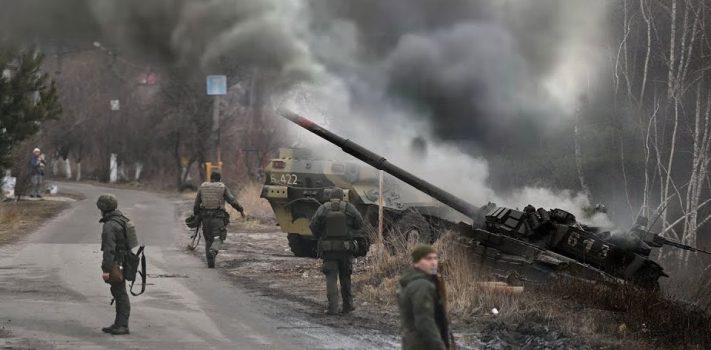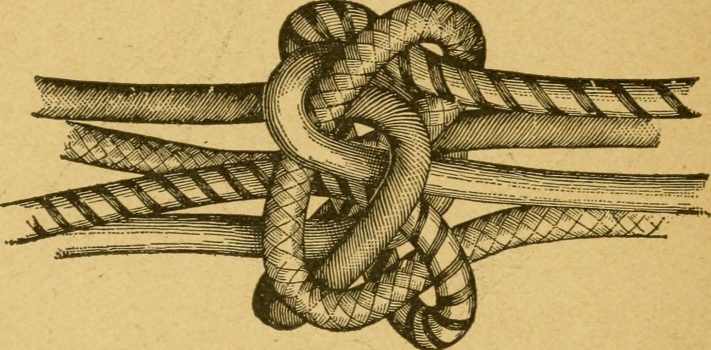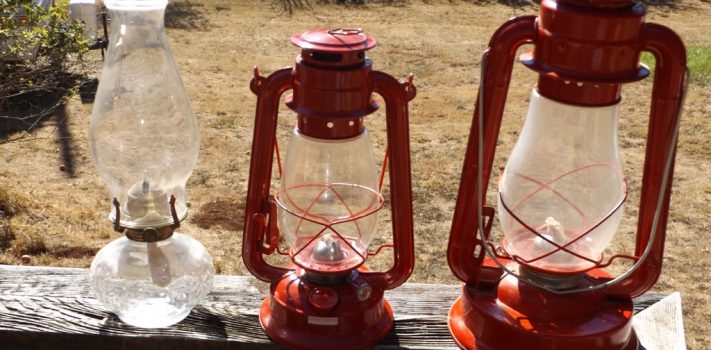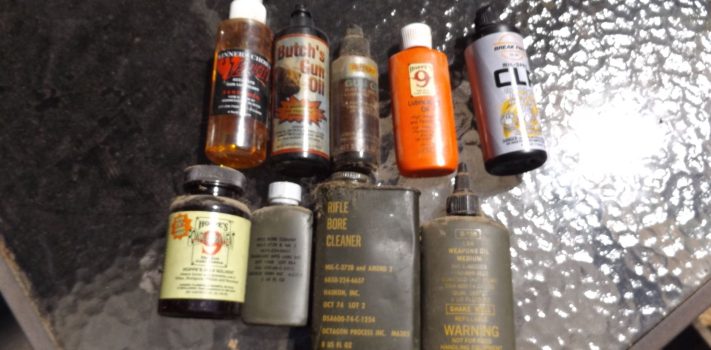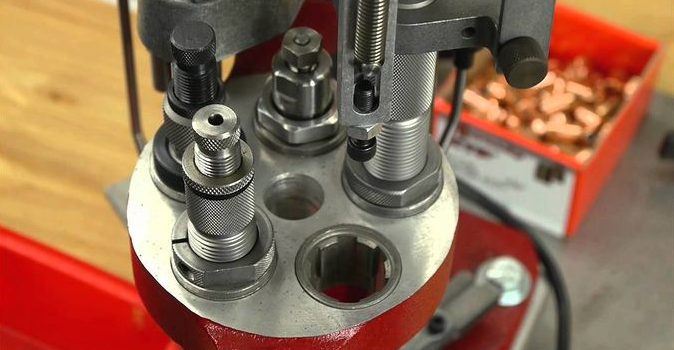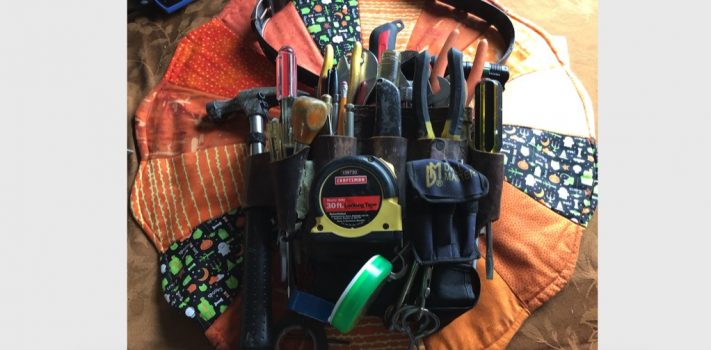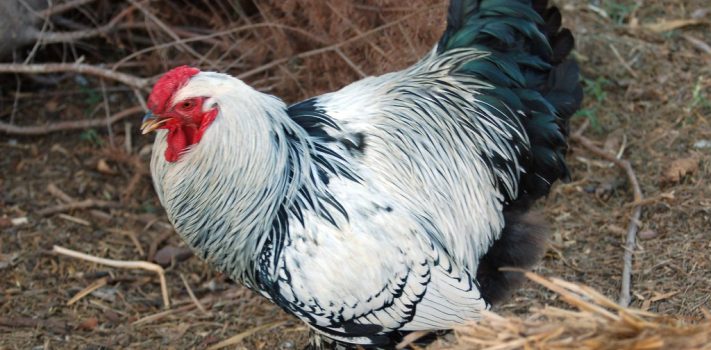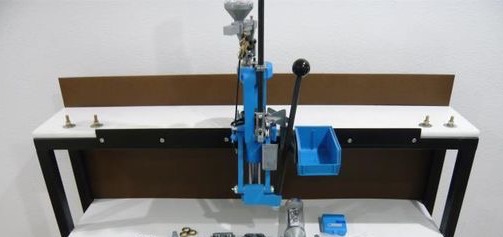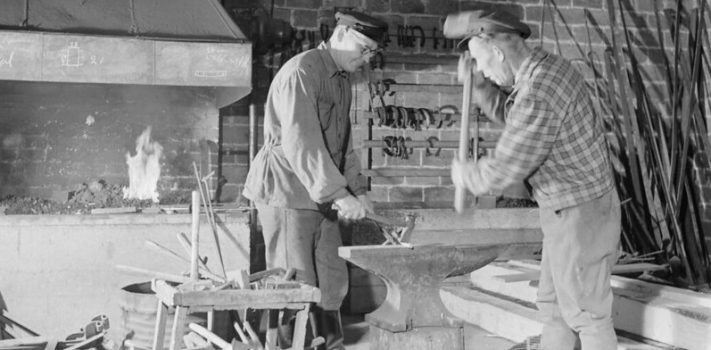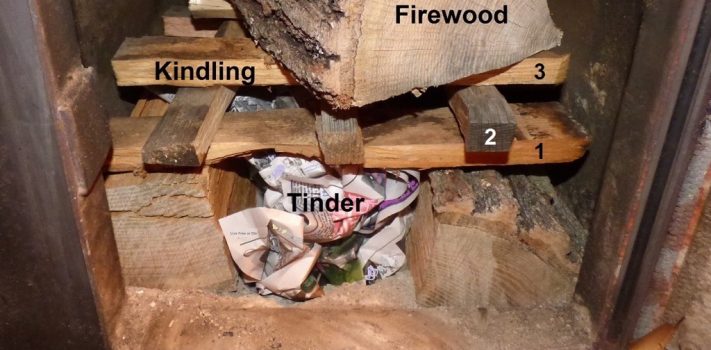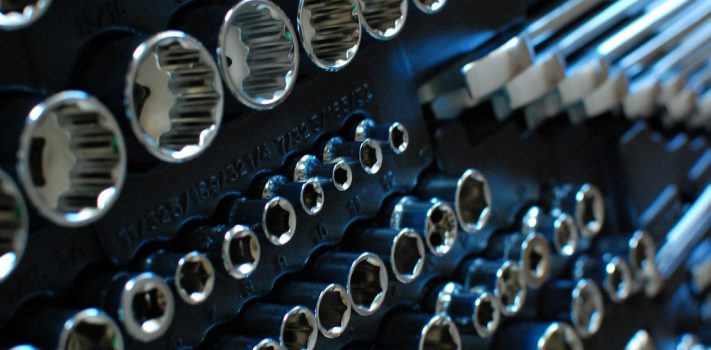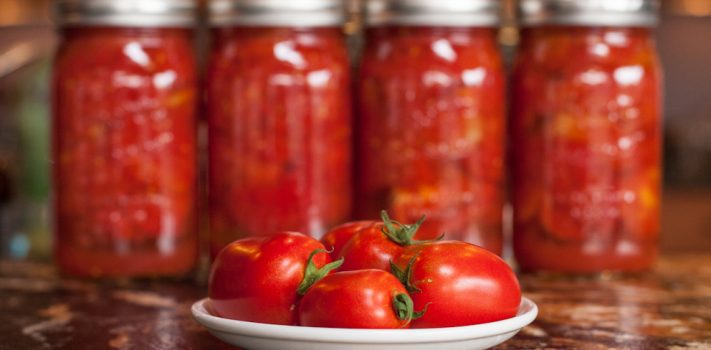Some Initial Guerilla Warfare Lessons From Ukraine
With the Russian invasion of Ukraine, the world is witnessing true Fourth Generation Warfare (4GW). According to standard references such as the Infogalactic Wiki, 4GW has these elements and characteristics: Complex and long term Employs terrorism as a tactic A non-national or transnational base – highly decentralized A direct attack on the enemy’s culture, including genocidal acts against civilians. All available pressures are used – political, economic, social, and military Occurs in low-intensity conflict, involving actors from all networks Non-combatants are tactical dilemmas Lack of hierarchy Small in size, spread out network of communication and financial support Use of insurgency …

